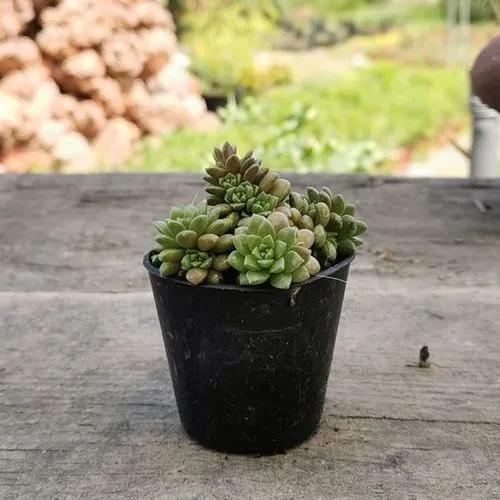Kniphofia, also called tritoma, red hot poker, torch lily, knofflers or poker plant, is a genus of perennial flowering plants in the family Asphodelaceae, first described as a genus in 1794. It is native to Africa.
Red hot pokers Care
Kniphofia uvaria
Other names: Poker Plant, Red Hot Poker, Torch Lily, Tritoma (kniphofia), Poker Flower, Firepoker Plant



Herbaceous species and hybrids of Kniphofia have narrow, grass-like leaves 10–100 cm (4–39 in) long, while evergreen species have broader, strap-shaped foliage up to 1.5 m (5 ft) long. All plants produce spikes of upright, brightly coloured flowers well above the foliage, in shades of red, orange and yellow, often bicoloured. The flowers produce copious nectar while blooming and are attractive to bees and sunbirds. In the New World they may attract sap-suckers such as hummingbirds and New World orioles. The genus Kniphofia is named after Johann Hieronymus Kniphof, an 18th-century German physician and botanist. Several species of Kniphofia are cultivated as garden plants, valued for their architectural properties. These include K. galpini, K. northiae, K. rooperi and K. thomsonii.
How to Care for the Plant

Water

Water the drought tolerant plant by providing deep watering throughout the growing season to help produce an extensive root system.

Fertilizer

Don’t fertilize seedlings. Wait until the seedlings are well established, and then fertilize lightly with a diluted slow release fertilizer solution.

Sunlight

Torch Lily can tolerate partial shade but the plant performs best in full sun.

Soil

Poker Plant can thrive in dry soil types but for best results provide mulch rich in humus yet provides sharp drainage.

Temperature

These plants can be grown in the areas where the lowest winter temperatures can drop drown to -10° to 0°F (-23° to -18°C).

Popularity

140 people already have this plant 49 people have added this plant to their wishlists
Discover more plants with the list below
Popular articles






